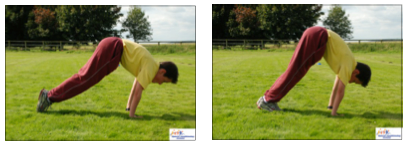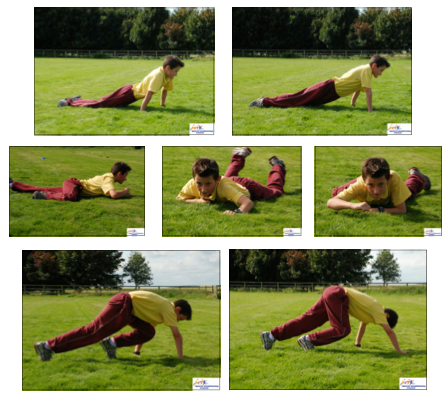FUNdamental movement made easy to implement
In all the Long Term Player Development Models there is a strong emphasis on fundamental movement or physical literacy. It is part of World Rugby’s Strength & Conditioning courses. You can find lots of material on it browsing the internet.
Why fundamental movement skills?
Better movement is better players, very easy to understand. We can really develop the basic movement patterns at a young age, before the onset of puberty. This is the best window. The two main arguments are:
- Invest in the players long term, they will plateau higher in the future when you do this early on;
- Their ability to learn new skills / techniques will increase, this translates into faster learning times later on;
There are many more reasons, but these two are I think important.
How to include fundamental movement skills in rugby practises?
What do we have: two training sessions a week for 40 weeks is 80 hrs. When I talk to coaches they say “there is no time for this stuff”. When I talk with parents they say “I thought this was about learning rugby”.
Harm Jager has learned me a simple method: include it in the warm-up AND make it truly FUN.
This is what is now in SuperCoach Online: as a warm-up we do some running and ball games and then we do some movement patterns that we have given animal names to trigger another respons.

This example shows the “Inchworm” where first the feet go forward, then the arms. But we have “Tiger”, “Seal”, “Bear”, “Crab” and many more.
I also put lots of movements like the squat into the database, but the kids really need to be educated to get into it. One of my users, Famke, found it very difficult to get her Under 12s interested in these exercises. She tried the new style warming-up and it works for her. We think (hope) after working with the animals-exercises we can guide them into the more basic stuff later on.
Progressing after FUNdamental movement
These fundamentals are the important to prepare our kids for a SAQ like training later on. Now, when I see the poor posture of a player side stepping, or running across SAQ hurdles/ladders I realise they missed out on the fundamental movement part and I find it takes time to solve this.
So, what do you think, do you make this important?
Additional information
- Look at World Rugby’s S&C program here;
- You can find a very good overview of the place of fundamental movement in the development model on the LTAD Canada website here;
- Because SuperCoach Online is built to translate LTPD into trainingsplans, all the strategic planning is already done for you, this tool makes implementing this type of work into your specific training program very easy;
Subscribe and get notified when I add new posts to the Blog;
